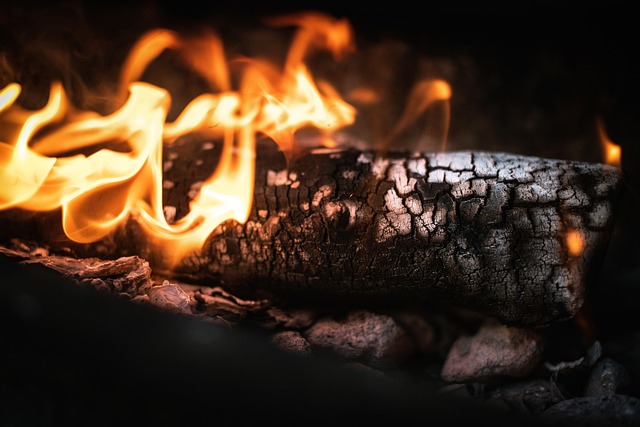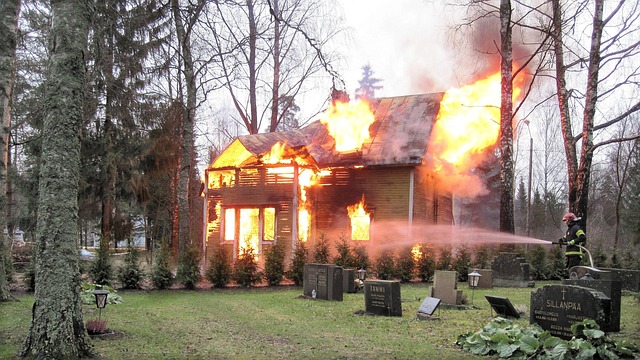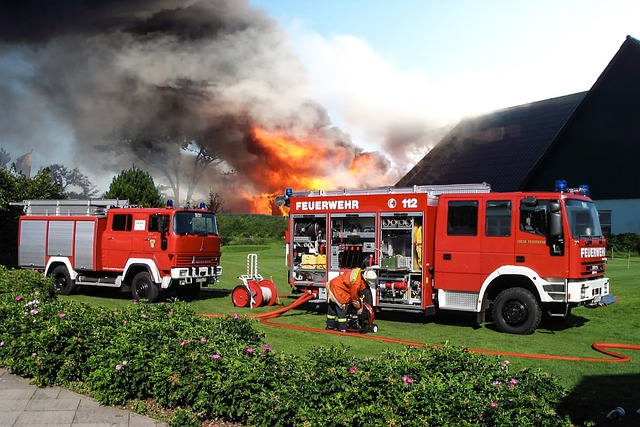House fires in Schertz pose significant risks due to common causes like kitchen appliances, electrical issues, and candles. Unsupervised cooking, outdated wiring, and improper candle use contribute to fire hazards. These events can have lasting effects on indoor air quality, causing respiratory problems and other health issues. Indoor air testing is vital for identifying and mitigating hazardous residues after a fire. The process includes initial assessments, advanced equipment measurements, and laboratory analysis to ensure a safe indoor environment in Schertz homes.
“In Schertz homes, understanding common causes of house fires is key to preventing potential disasters. This article delves into the aftermath of these blazes, focusing on smoke damage and its profound impact on indoor air quality. We explore why indoor air testing for smoke damage detection is crucial for ensuring a safe living environment. By examining various methods, we guide Schertz residents through the process, empowering them to take proactive measures against hidden dangers lurking in their homes’ aftermath.”
- Common Causes of House Fires in Schertz Homes
- Understanding Smoke Damage and Its Impact on Indoor Air Quality
- The Process of Indoor Air Testing for Smoke Damage Detection
Common Causes of House Fires in Schertz Homes

House fires are a significant concern for any community, and Schertz is no exception. Understanding the common causes of house fires in Schertz homes can help residents take proactive measures to prevent potential disasters. Kitchen appliances, such as stoves and ovens, often top the list due to accidental ignition of flammable materials or human error. Unsupervised cooking, especially when multiple tasks are being managed at once, increases the risk of grease fires or oven ignitions.
Another prevalent cause is electrical issues stemming from outdated wiring, overloaded circuits, or faulty appliances. Arcing and short circuits can ignite nearby combustible materials, leading to rapid fire spread. Additionally, candles left unattended or disposed of improperly have been linked to numerous house fires, highlighting the importance of safety practices when using open flames indoors.
Understanding Smoke Damage and Its Impact on Indoor Air Quality

Smoke damage from house fires can have a profound impact on indoor air quality, even long after the initial event. Understanding the common causes of house fires in Schertz homes is essential to preventing them and mitigating their aftermath. Common causes include kitchen accidents involving grease fires, electrical malfunctions due to aging wiring, or candles left unattended—all of which can release harmful substances into the air that remain long after the fire is extinguished.
These residues can consist of toxic gases, fine particulate matter, and volatile organic compounds (VOCs) that are detrimental to human health. They may cause a range of issues, from respiratory problems and allergies to more severe conditions like carbon monoxide poisoning. Proper indoor air testing after a fire event becomes crucial in identifying these contaminants and ensuring that the air is safe for occupants once the home has been cleaned and repaired.
The Process of Indoor Air Testing for Smoke Damage Detection

The process of indoor air testing for smoke damage detection involves a series of precise steps to accurately assess air quality following a fire incident. It begins with an initial assessment where professionals identify sources of contamination and potential areas of concern within Schertz homes. This includes examining visible signs of smoke, charring, or burning odors, which can indicate the extent of smoke infiltration.
Once the area is inspected, advanced testing equipment is employed to measure various pollutants in the air, such as volatile organic compounds (VOCs), particulate matter, and carbon monoxide. These tests are crucial for identifying hidden smoke damage that may not be immediately visible. By collecting samples and analyzing them in a laboratory setting, professionals can pinpoint specific contaminants, ensuring that any lingering risks associated with Common causes of house fires in Schertz homes are effectively addressed, and the indoor environment is safe for inhabitants.
Smoke damage from house fires can have long-lasting effects on indoor air quality in Schertz homes. Understanding common causes of these fires and the subsequent impact on health is crucial for prompt action and effective prevention. By utilizing advanced testing methods, such as identifying smoke damage through indoor air analysis, residents can ensure their living spaces are safe and healthy, quickly mitigating potential risks associated with fire hazards.
